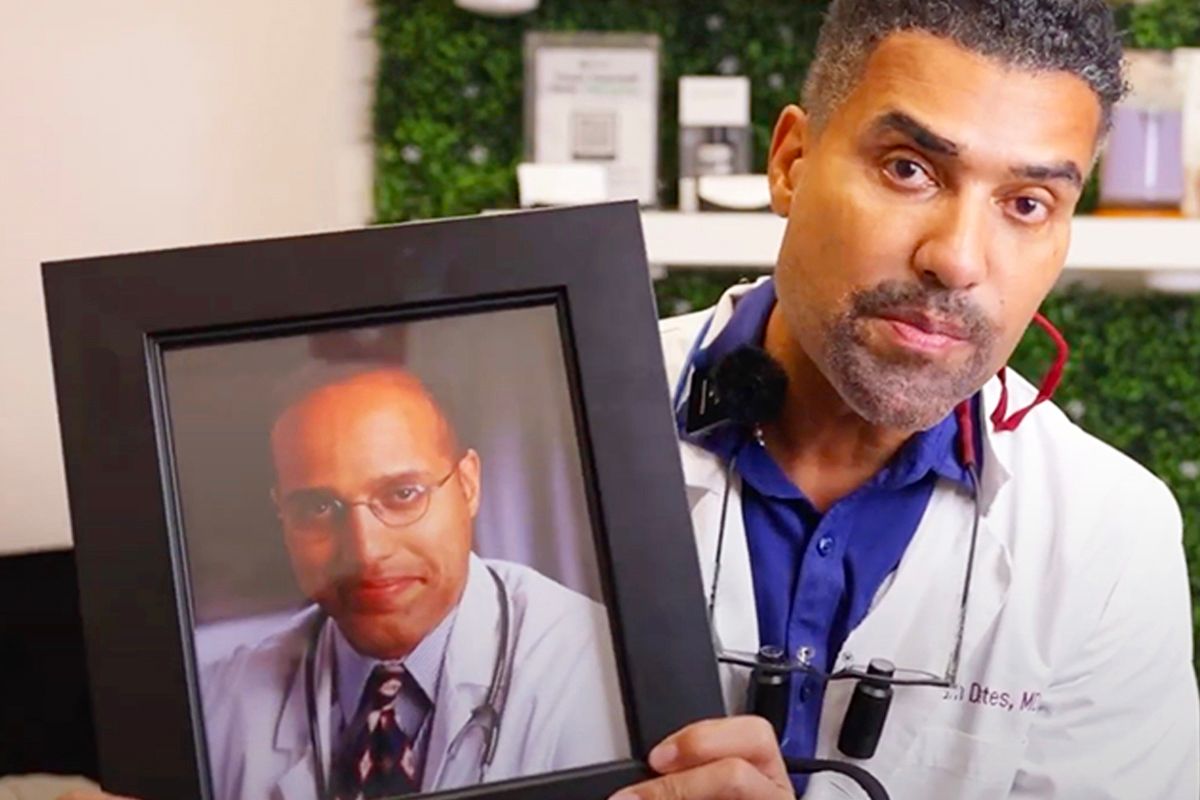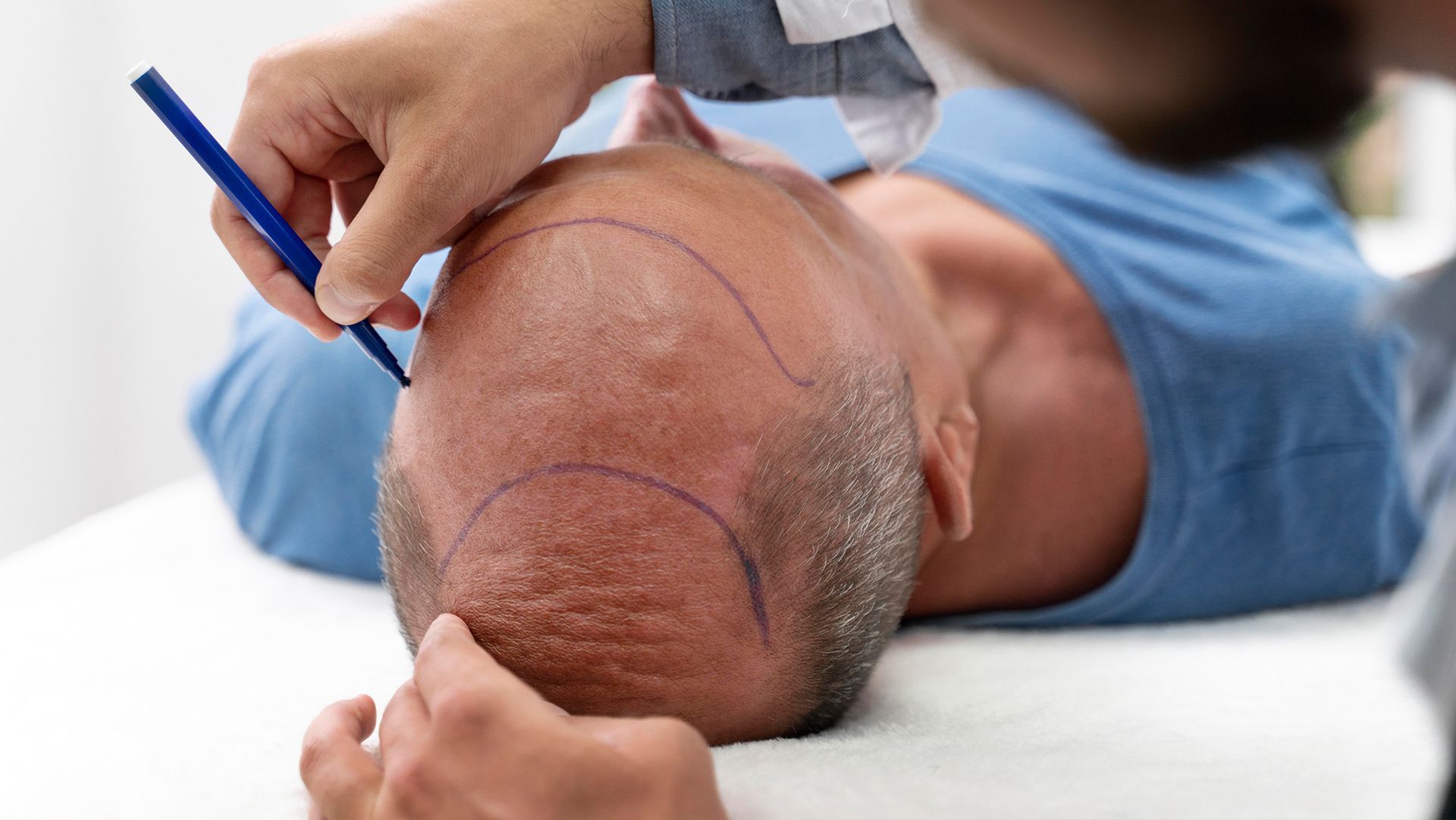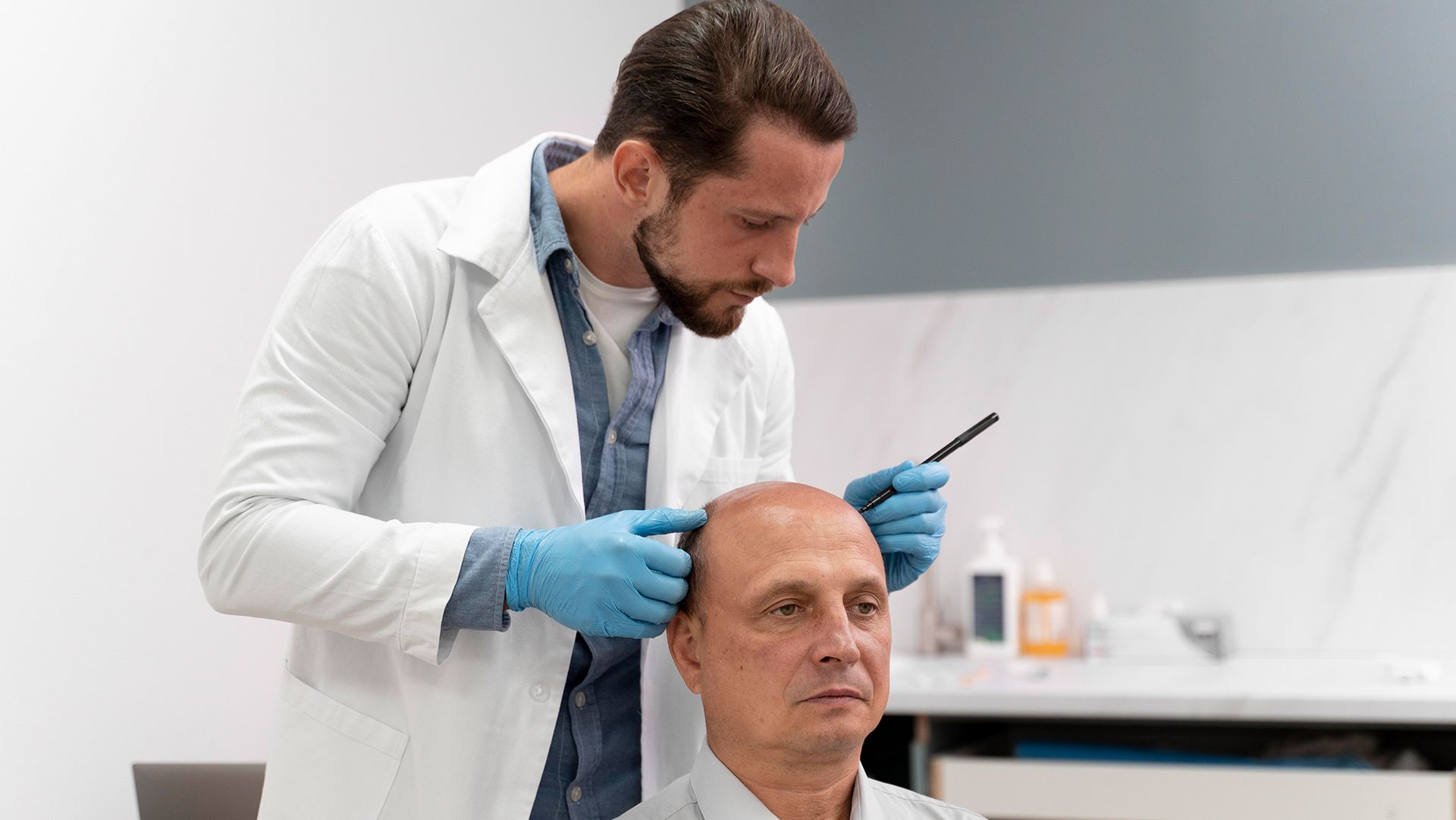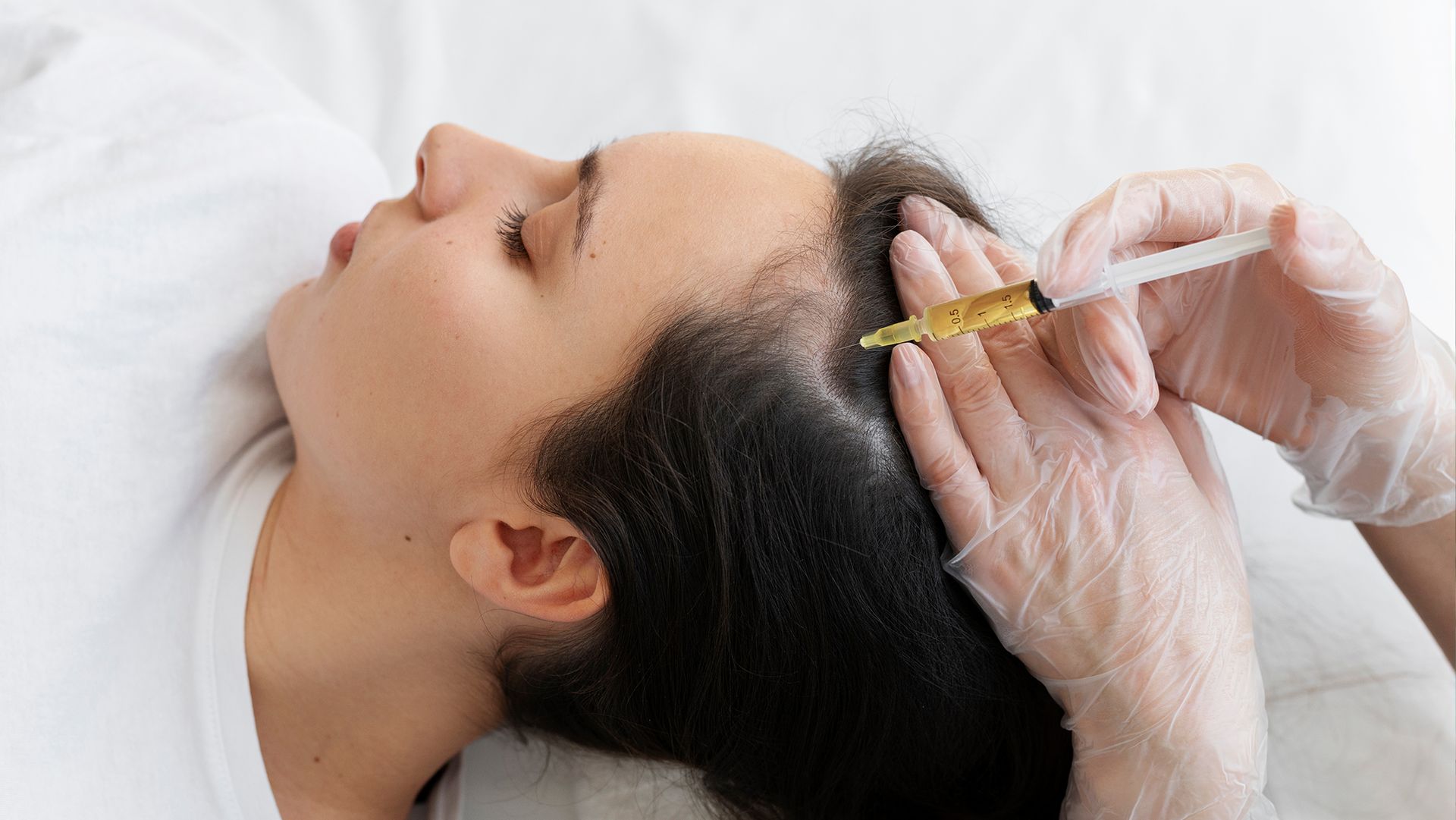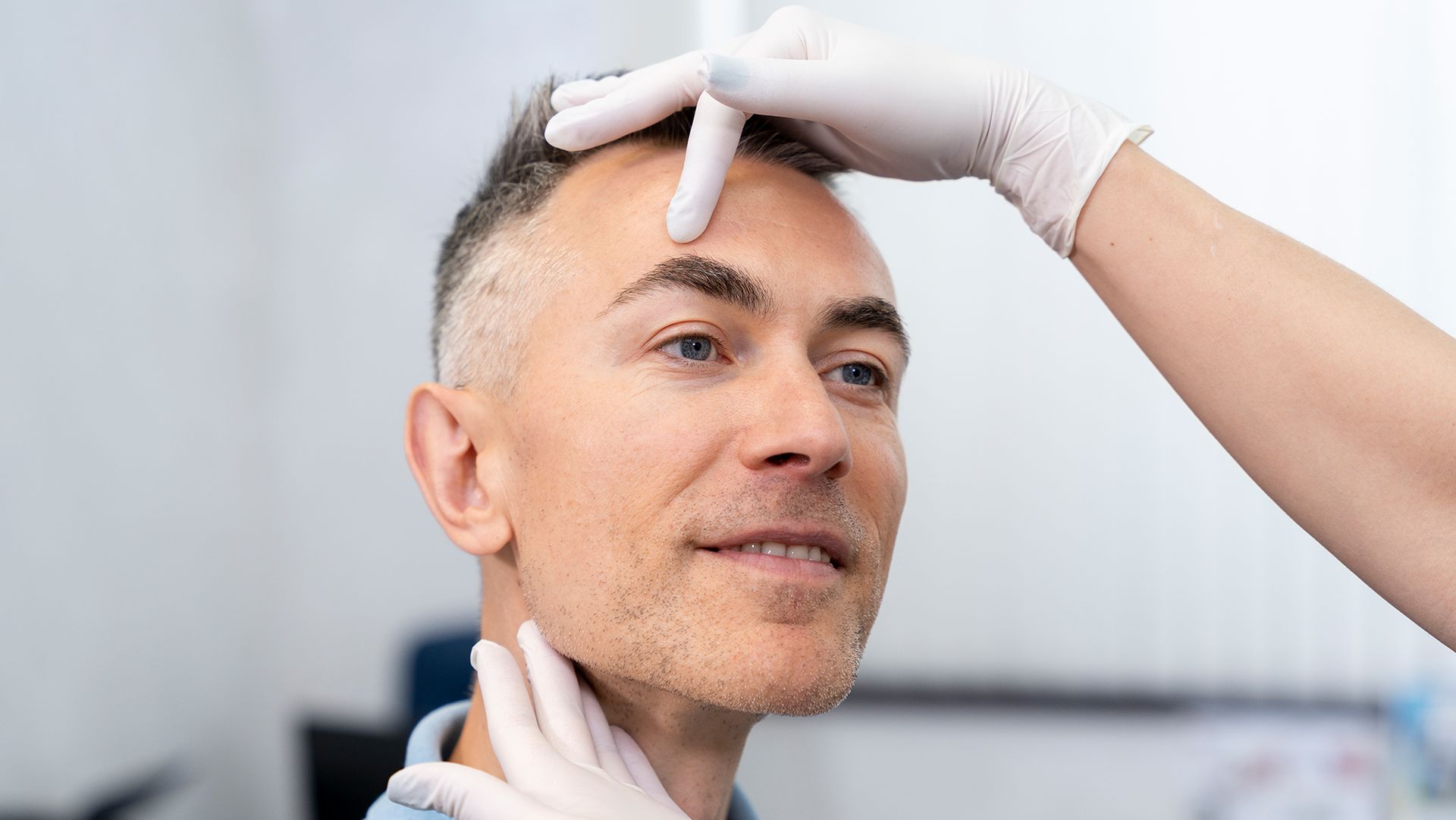Is a Hair Transplant Scar Permanent and What Can You Do About It?

Before you get a hair transplant, you want to know about the aftereffects. It includes whether or not it can cause scarring.
Some people prefer procedures that appear natural, which is more challenging when you end up getting a hair transplant scar. So, how should you go about it?
Do Hair Transplant Procedures Cause Scarring?
As an invasive procedure, you can expect hair transplant procedures to cause scars later, regardless of what type you get. It’s because the process involves implanting hair follicles in the areas where you want to restore hair. But to make this possible, you need to make incisions.
Even so, the amount of scars you might encounter may vary based on the procedure you choose. The length of time it takes to recover from them also differs depending on the
type of scar. Here’s what you can expect from them.
FUT Scars
Follicular unit transplantation requires your surgeon to take a part of the scalp and gather hair follicles from there. So, you will likely encounter stitches in the donor and transplant area.
Usually, the scar appears like a long line or strip, which is how much your surgeon will likely remove from your scalp. Because of this, you might have trouble dealing with it later, such as lying down or touching your head.
FUE Scars
Most people prefer follicular unit extraction, or FUE, over FUT because it’s less invasive. Because of this, you can expect fewer scars after the procedure.
However, it doesn’t necessarily mean you won’t get scars at all. As opposed to FUT, the hair follicles are harvested without removing a strip of the scalp. Instead, it uses a different tool that creates small holes, allowing your surgeon to remove the grafts.
So, it still leaves scars, but they tend to appear less or almost like there’s none at all. On the other hand, the transferring process is the same, meaning you will still have a scar or stitch where the harvested grafts go.
How Long Do Hair Transplant Scars Last?
Generally, a hair transplant scar is permanent, but it doesn’t mean it won’t heal. Instead, it takes longer to recover from them. At the same time, it will likely leave a mark on your skin.
Note that the scars are often a concern during the first few weeks to months after the surgery. The primary reason is that it can take a while for your new hair to grow.
Because of this, your scars stay visible for a while unless you work on remedies that help eliminate their appearance. If you choose to let it be, you can wait for your hair to grow back to cover it naturally.
Is a Scar-Free Hair Transplant Possible?
There’s no way to get a hair transplant procedure without scarring. It’s because of the nature of the procedure, requiring your surgeon to make incisions one way or another, both big and small.
If you want to get rid of them, most recommend looking into different ways to conceal them. This way, you can reduce their appearance. So, you won’t exactly see the scars unless you cut your hair short.
How to Deal with a Hair Transplant Scar
There are different ways to handle a hair transplant scar. Most of the time, it depends on your preferences or goals. A few ways include the following.
Scalp Micropigmentation
This procedure is also known as scalp hair tattooing. Your surgeon injects pigment directly onto the skin, making it seem naturally thicker than it actually is.
In most cases, you might end up asking other people for their opinion on your new hair. It’s one way to know whether they notice it or if you should pair it with other procedures.
Tricopigmentation
Tricopigmentation works a lot like scalp micropigmentation since it requires injecting ink into the scalp’s skin. The main difference is that the results are semi-permanent. It’s because it stays at the topmost layer of the skin.
Despite this, tricopigmentation can last long, depending on the clinic. At most, you can expect it to last up to three years.
Laser Treatment
With a laser treatment, the goal is to stimulate the skin to remove the damaged surface and bring out new and fresh layers. It happens because the process increases collagen production, rejuvenating the skin’s elasticity.
Doing so can help reduce the appearance of scars on its own, but it can also be done with other procedures. Besides hiding scars, it can also help boost the results you get from a hair transplant.
Implanting Follicles on the Scars
When you have scars on your scalp, it’s unlikely for hair to grow from them. It’s mainly because of the lack of hair follicles and tissues from scars that block off the area of the scar.
Despite this, it’s possible to transfer hair transplants to the scar. This way, you can cover them up with new hair growth.
The downside to getting a hair transplant on your scars is that it requires intensive aftercare. Keep in mind that the procedure can take longer to complete because of the lack of blood flow to the scar area.
The amount of time it takes for the hair on scars to grow usually varies. But, according to studies, the length it needs is similar to that required by hair follicles from a regular hair transplant.
In Summary
The possibility of a hair transplant scar can make or break the deal for some people. Although some people prefer having no scar at all, this is inevitable with an invasive procedure like hair transplantation.
Learning more about it helps you understand its nature and why it happens. At the same time, you can look into different ways to conceal them besides waiting for your natural hair to grow long enough.
Note that these scars are often permanent, so it helps to consider different ways to cover them if you want to maintain a natural look.
